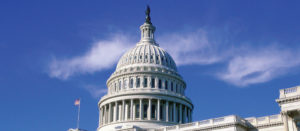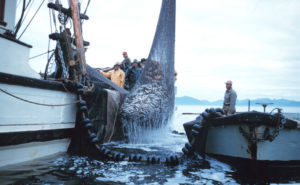

Aquatic Scientists Push Back Against Narrow WOTUS Rule
American Fisheries Society • Association for the Sciences of Limnology and Oceanography • Coastal and Estuarine Research Federation • Freshwater Mollusk Conservation Society • International
American Fisheries Society Family of Websites:
Read our five journals and Fisheries magazine
Find thousands of unpublished agency reports and other information
Join us in Honolulu in 2024
Find an AFS Unit near you or in your area of specialty
Learn how to communicate the effects of climate change on fisheries
Summer internships for high school students
Explore our initiatives to increase diversity in the Society and in the fisheries profession
Find fisheries science products and services
Quick answers to common questions


American Fisheries Society • Association for the Sciences of Limnology and Oceanography • Coastal and Estuarine Research Federation • Freshwater Mollusk Conservation Society • International


The Senate Committee on Environment and Public Works will hold a hearing on the Recovering America’s Wildlife Act entitled, “Examining Funding Needs for Wildlife Conservation, Recovery,


The Recovering America’s Wildlife Act is gaining momentum in Congress. The House bill, introduced last December, now has over 100 co-sponsors. The corresponding Senate bill,


On October 11, AFS Policy Director Drue Winters shepherded marine fisheries experts, Drs. Tom Miller and Cynthia Jones, around D.C. for robust discussions with NOAA
On Monday, Sept. 24, U.S. District Judge Jane Triche Milazzo ruled in favor of environmental, public interest and fishing groups who filed suit against the


The Interior Department released an “open science” policy this week that is similar to the controversial policy issued by EPA in the spring in furtherance



The Recovering America’s Wildlife Act (H.R. 4647) – legislation that would dedicate $1.3 billion annually towards the conservation and monitoring of at-risk species at the
AFS joined with the Association of Fish and Wildlife Agencies, the Wildlife Management Institute, and The Wildlife Society in a letter to congressional appropriators to


A new marine fisheries policy was approved by the AFS Governing Board Atlantic City in August to inform the proposed Congressional re-authorization and amendment of



This week, the House Natural Resources Committee advanced the Restore Our Parks and Public Lands Act, a bill that seeks to fund the maintenance backlog

